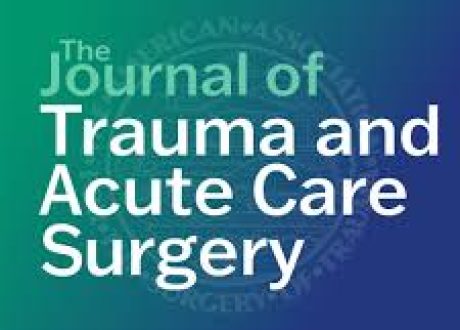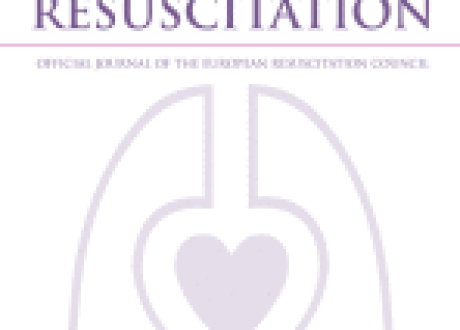Abstract 
Point of Care ultrasound (POCUS) of the lungs, also known as lung ultrasound (LUS), has emerged as a technique that allows for the diagnosis of many respiratory pathologies with greater accuracy and speed compared to conventional techniques such as chest x-ray and auscultation. The goal of this narrative review is to provide a simple and practical approach to LUS for critical care, pulmonary, and anesthesia providers, as well as respiratory therapists and other health care providers to be able to implement this technique into their clinical practice. In this review, we will discuss the basic physics of LUS, provide a hands-on scanning technique, describe LUS findings seen in normal and pathological conditions (such as mainstem intubation, pneumothorax, atelectasis, pneumonia, aspiration, COPD exacerbation, cardiogenic pulmonary edema, ARDS, and pleural effusion) and also review the training necessary to achieve competence in LUS.
Keywords: ARDS; Anesthesia; Aspiration; Atelectasis; COPD exacerbation; Cardiogenic pulmonary edema; Critical care; Critical care ultrasound; LUS; Lung ultrasound; Lung ultrasound training; Mainstem intubation; POCUS; POCUS competency; POCUS training; Pleural effusion; Pneumonia; Pneumothorax; Point of care ultrasound; Pulmonary; Ultrasound; Ultrasound competency; Ultrasound training.








